Related Research Articles

John Neely Johnson was an American lawyer and politician. He was elected as the fourth governor of California from 1856 to 1858, and later appointed justice to the Nevada Supreme Court from 1867 to 1871. As a member of the American Party, Johnson remains one of only three members of a third party to be elected to the California governorship.
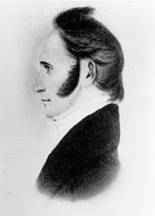
Alexander Outlaw Anderson was an American slave owner and attorney who represented Tennessee in the United States Senate, and later served in the California State Senate, and on the California Supreme Court.
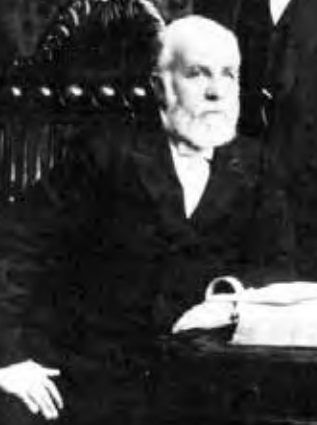
William Henry Beatty was the 15th Chief Justice of California from 1889 to 1914. Previously, he was chief justice of the Nevada Supreme Court from 1879 to 1880.
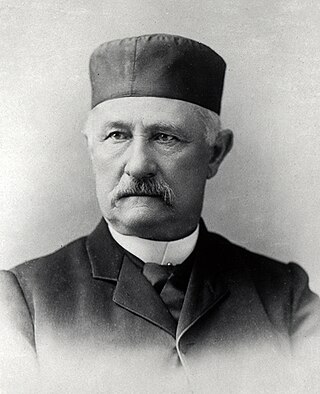
Niles Searls was an attorney, politician, and the 14th Chief Justice of California.
Addison Cook Niles was an attorney and served as Nevada County judge in California from 1862–1871 and as associate justice on the Supreme Court of California from 1872–1880.
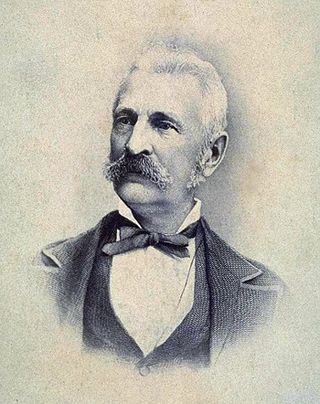
Serranus Clinton Hastings was an American politician, rancher and lawyer in California. He studied law as a young man and moved to the Iowa District in 1837 to open a law office. Iowa became a territory a year later, and he was elected a member of the House of Representatives of the Iowa Territorial General Assembly. When the territory became the state of Iowa in 1846, he won an election to represent the state in the United States House of Representatives. After his term ended, he became Chief Justice of the Iowa Supreme Court.

Lorenzo Sawyer was an American lawyer and judge who was appointed to the Supreme Court of California in 1860 and served as the ninth Chief Justice of California from 1868 to 1870. He served as a United States circuit judge of the United States Circuit Courts for the Ninth Circuit and of the United States Court of Appeals for the Ninth Circuit. He is best known for handing down the verdict in the case of Woodruff v. North Bloomfield Gravel Mining Company; his verdict is frequently referred to as the "Sawyer Decision."

Royal Tyler Sprague was the 11th Chief Justice of California.

Delos Rodeyn Ashley was a California and Nevada politician who served as State Treasurer of California and a member of the United States House of Representatives from Nevada.

William Alexander Massey was an American politician who served as a member of the United States Senate from Nevada.

John Chilton Burch was an American lawyer from California. He became a Democratic politician who served one term as a United States Congressman from 1859 to 1861.

Gordon Newell Mott was the second and final delegate to the United States House of Representatives from Nevada Territory, serving from March 1863 until statehood.
William Van Ness Bay was an American attorney and judge from Missouri. He was most notable for serving as U.S. Representative from Missouri from 1849 to 1851, and a judge of the Supreme Court of Missouri from 1862 to 1865.

Elijah Carson (E.C.) Hart was a California attorney, politician, and judge who served as city attorney of Sacramento, California from 1886 to 1887 and from 1890 to 1893, and also served in the state legislature.
Rancho Río de los Americanos was a 35,521-acre (143.75 km2) Mexican land grant in present-day Sacramento County, California given in 1844 by Governor Manuel Micheltorena to William Leidesdorff (1810–1848). The grant takes its name from Río de los Americanos, the name of the American River during the Mexican-rule era. The grant originally consisted of 8 square leagues and extended from the eastern border of John Sutter's New Helvetia 4 leagues along the south bank of the American River, to the eastern end of present-day Folsom, and included present-day cities of Rancho Cordova and Folsom.

William B. Caldwell was a Democratic Party jurist in the U.S. state of Ohio who sat on the Ohio Supreme Court 1849–1854.
Charles Henry Bryan was a politician and jurist in California, who served as an associate justice of the California Supreme Court.
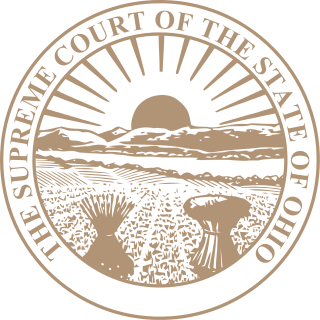
Edward Avery was a lawyer from Wooster, Ohio, United States, who was an Ohio State Senator and served on the Ohio Supreme Court from 1847 to 1851. He later helped found the College of Wooster and the Wooster Cemetery.

Thomas Bard McFarland was a miner, politician and judge in the U.S. state of California. He served as a state assemblyman, Superior Court judge, and associate justice of the Supreme Court of California.
Robert Menzo Hunt was an American physician in the U.S. state of California. Hunt was the first physician to practice medicine in Nevada City. For 44 years, he served as county physician of Nevada County, superintending the management of the county hospital. He was a charter member of the California Medical Society.
References
- 1 2 3 4 A Memorial and Biographical History of Northern California: Containing a History of this Important Section of the Pacific Coast from the Earliest Period of Its Occupancy to the Present Time (Public domain ed.). Lewis Publishing Company. 1891. pp. 309–.
 This article incorporates text from this source, which is in the public domain : Lewis's A Memorial and Biographical History of Northern California: Containing a History of this Important Section of the Pacific Coast from the Earliest Period of Its Occupancy to the Present Time (1891)
This article incorporates text from this source, which is in the public domain : Lewis's A Memorial and Biographical History of Northern California: Containing a History of this Important Section of the Pacific Coast from the Earliest Period of Its Occupancy to the Present Time (1891)